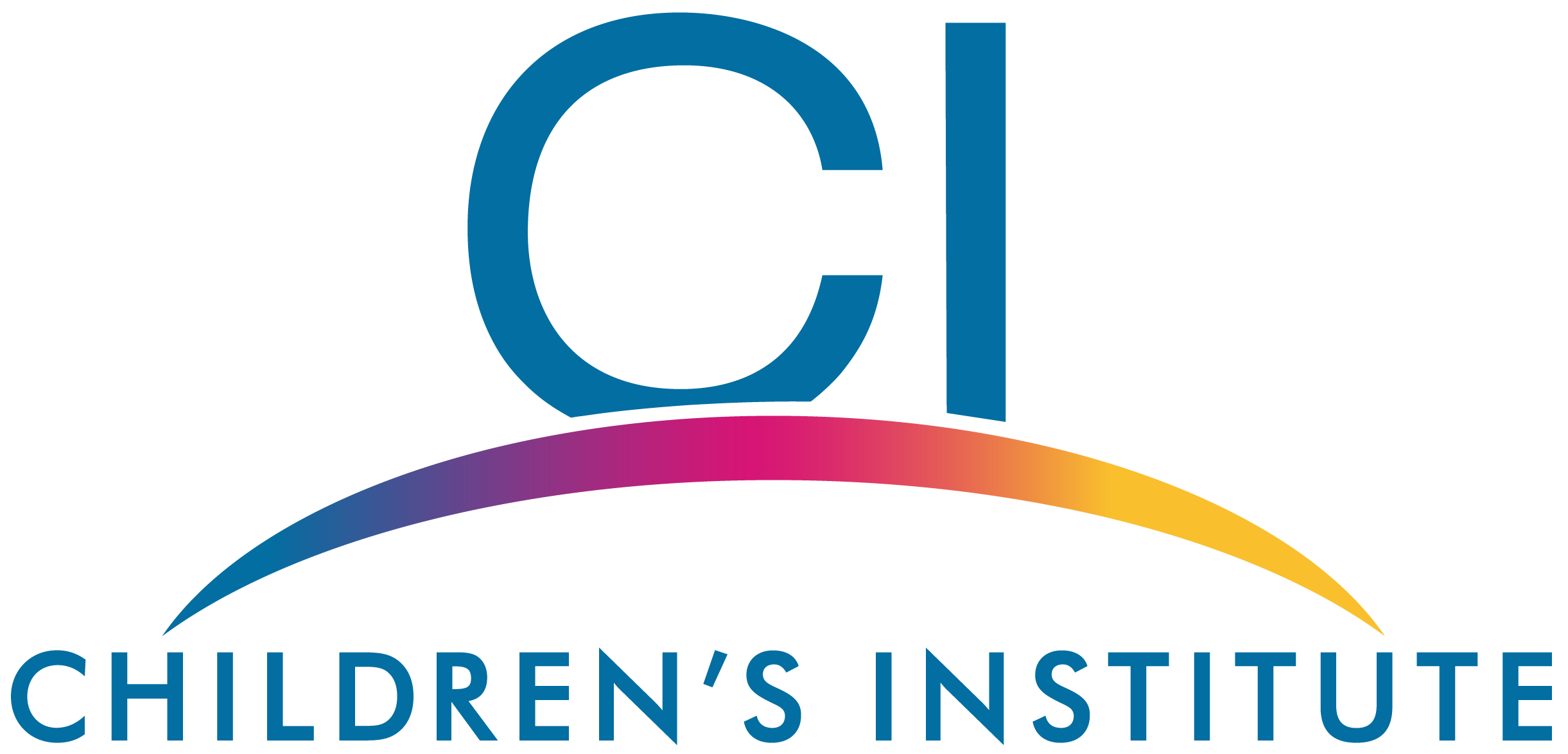Social and Emotional Learning (SEL) and culturally responsive practices
SEL and culturally responsive practices are inextricably linked. CASEL’s 5 Competencies encompass culturally responsive tenets such as cultural humility, positive identity development, inclusive curriculum, understanding systems of oppression, and creating welcoming and affirming environments. True SEL cannot exist without supporting children’s potential to: listen and learn from one another, develop critical thinking skills, work in teams, develop a sense of belonging, solve problems equitably, and identify and act on injustices; all of which align with a culturally responsive framework. In a classroom where SEL is implemented effectively, the learning environment is relationship-centered, and “students are empowered as agents of social change” (NYS Culturally Responsive-Sustaining Education framework).
When classroom adults continuously work to develop their own self-awareness and also seek to understand their students’ cultures and lived identities, learning spaces can be transformed. The following is an excerpt from Whole Child Connection’s Culturally Responsive SEL Practices Classroom Tool, a document designed to provide educators with guidance on how to implement equity-centered and culturally responsive practices in the classroom. For more information about the coaching tool, contact Elizabeth Devaney at edevaney@childrensinstitute.net.
Practices that promote asset-based conversations about all cultures, races, genders, religions, abilities, and other identity groups:
- Adults provide opportunities to identify and discuss the uniqueness, value, and/or contributions of identity groups, including those of cultures, races, and other identities underrepresented in the school, and engages students in the process (e.g. demonstrates respect for myriad perspectives; uses literature or “real-time” examples to highlight the strengths of identity groups such as the role of Indigenous and Black women in the Suffrage movement; uses Morning Meeting to ask the entire class questions like, “Think about a time when you celebrated something special with your family. What and how did you celebrate?”).
- There are resources in the school and classrooms representing traditionally marginalized people in the curricula or classroom activities, and diverse voices and perspectives from traditionally marginalized people are woven into the day (e.g., there is evidence of diverse perspectives on classroom walls; students ask questions about race; teacher or student makes comments such as, “Whose perspective is not represented in this story? Where can we find out more?”).
- Instructional content is connected to children’s lives—as demonstrated by teacher direction and/or student engagement -- through culturally specific examples that tap into interests, knowledge, and youth culture (e.g., students choose music selections; explore cultural games; share sayings, book or TV suggestions, and/or home languages).
